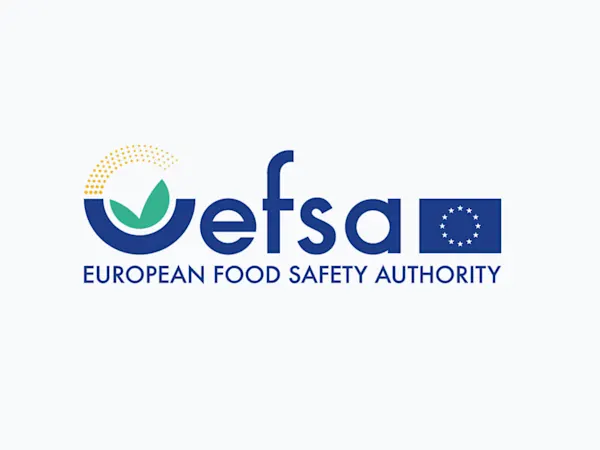
EFSA Seeks Feedback on Overhaul of Weight of Evidence and Biological Relevance Guidance
EFSA launches consultation on updating its Weight of Evidence and Biological Relevance guidance, aiming to streamline chemical risk assessment practices.


The European Chemicals Agency (ECHA) has released new guidelines under the Drinking Water Directive (DWD) to enhance the safety of materials in contact with drinking water. Effective January 2025, these guidelines aim to protect public health by regulating the testing and approval of substances used in water supply systems across the European Union.
The updated guidelines, detailed in the DWD Guidance Volume I, focus on the methodologies for testing starting substances, compositions, and constituents intended for use in materials that come into contact with drinking water. These guidelines are part of the broader effort to ensure that all materials meet stringent safety standards before being included in the European positive list (EUPL).
The guidelines introduce comprehensive testing methodologies, including the assessment of physico-chemical properties, toxicological data, and migration potential of substances. A significant emphasis is placed on identifying relevant chemical species and assessing their potential risks to human health. The guidelines also require detailed reporting of the intended use of substances, including their technical function and concentration in materials.
The guidelines mandate that all toxicological data be submitted in a robust study summary format, ensuring that the information is sufficient for conducting risk assessments. The ECHA requires that at least one key study or an acceptable adaptation rule be provided for each standard information requirement. This ensures that all materials are thoroughly evaluated for safety before approval.
Manufacturers seeking approval for their products must adhere to these guidelines, which include submitting detailed applications to the ECHA. The applications must cover the identity, composition, and intended use of the substances, along with any existing EU or national-level authorisations. This process ensures transparency and accountability in the approval of materials used in drinking water systems.
The guidelines also address the issue of non-intentionally added species (NIAS), which may form during the processing or use of materials. Manufacturers are required to identify and report any NIAS that might migrate into drinking water, ensuring that all potential risks are assessed and mitigated.
Foresight continuously tracks 1000s of sources and maps updates to your portfolio:




EFSA launches consultation on updating its Weight of Evidence and Biological Relevance guidance, aiming to streamline chemical risk assessment practices.

The Netherlands refines its list of potential ZZS chemicals to better align with EU assessments, boosting early detection and regulatory foresight.

Eurostat’s new occupational disease manual impacts EU chemical regulations. Discover how standardised data reporting will shape compliance and safety.
Subscribe to Foresight Weekly and get the latest insights on regulatory changes affecting chemical compliance.
Free forever. Unsubscribe anytime.
Read by professionals at